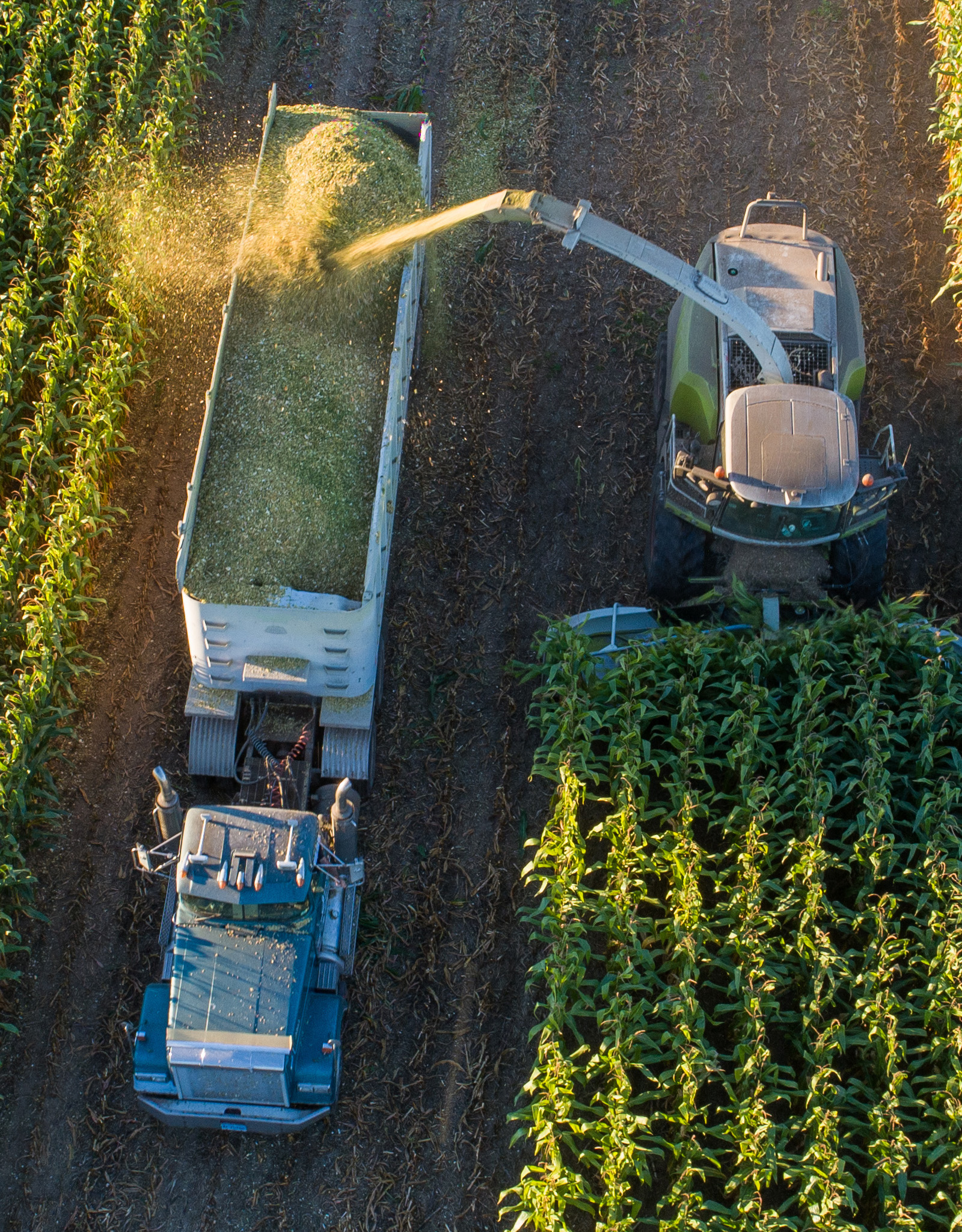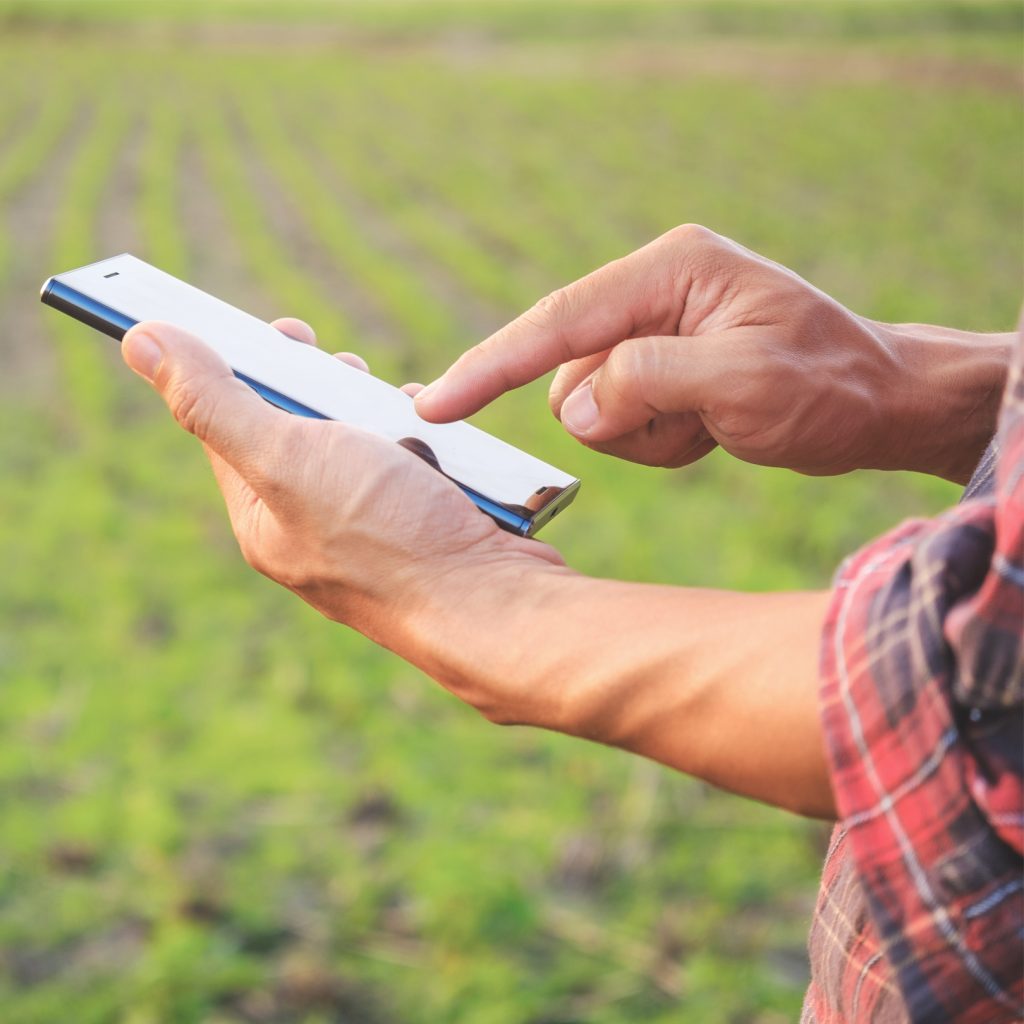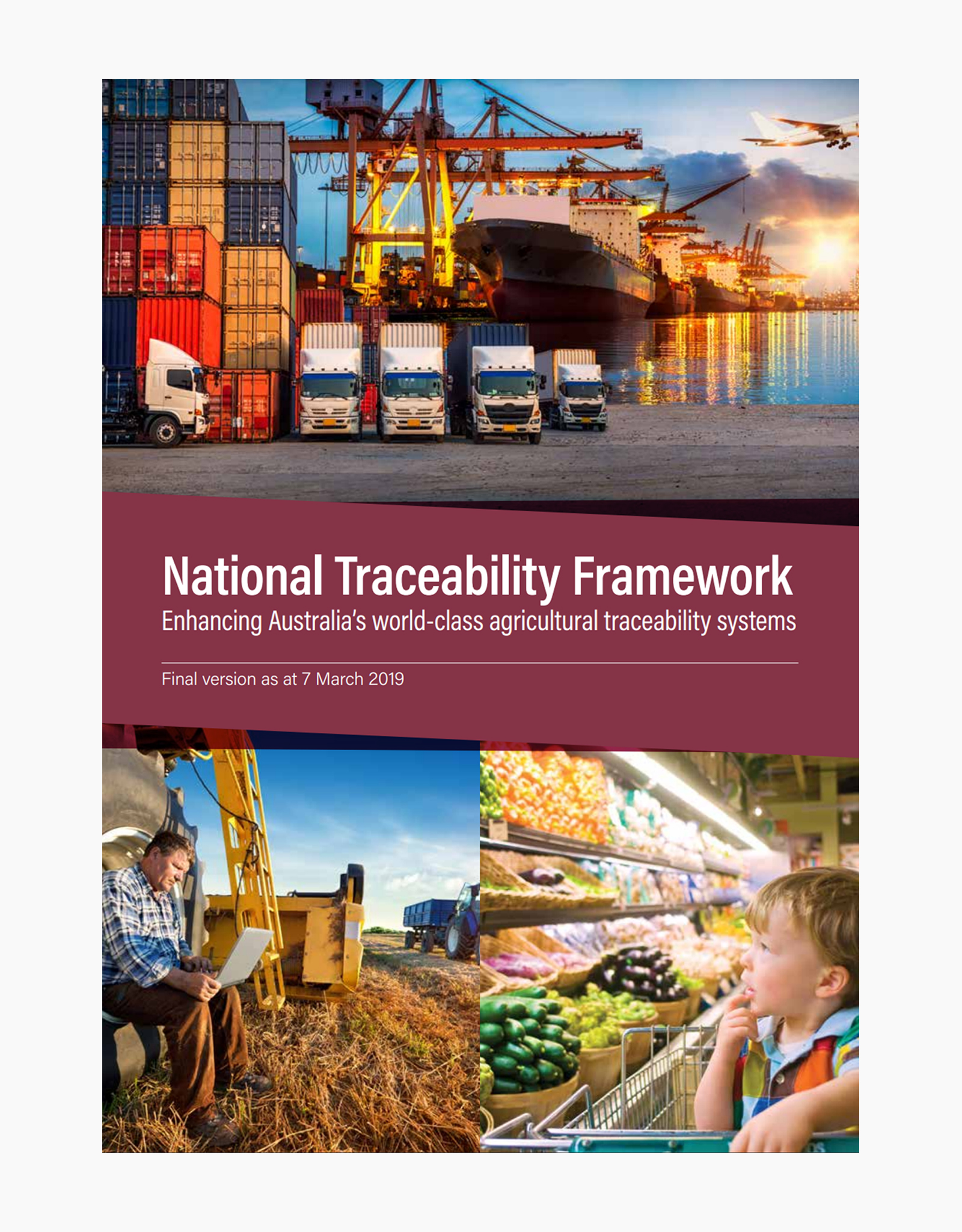Farm to fork traceability
Product integrity plays a key role when it comes to confidence in Australia’s exports in the global markets. A reliable traceability system is needed in order to determine whether products are locally sourced and produced. In the past, products have been ‘mislabelled’ as being local in order to boost sales within the country. Unfortunately, this is not a once-off occurrence, but is so prevalent that the Meat & Livestock Australia (MLA) reported that it’s costing the industry $2 billion yearly. The MLA further discovered that product integrity is a massive determining factor when consumers consider whether to purchase a product. Additionally, traceability reduces the risk of contamination and disease by identifying hazards or food spoilage before products are distributed to stores, especially when it comes to foods that are fresh or perishable and susceptible to contamination, like meat, vegetables or dairy.



